How to Prevent Steam From Keep Crashing?
Steam is well-known for crashing sporadically—whether on startup each time you launch it or at random. This common issue is also addressed in Steam’s official forums; however, the fixes listed there do not always work.
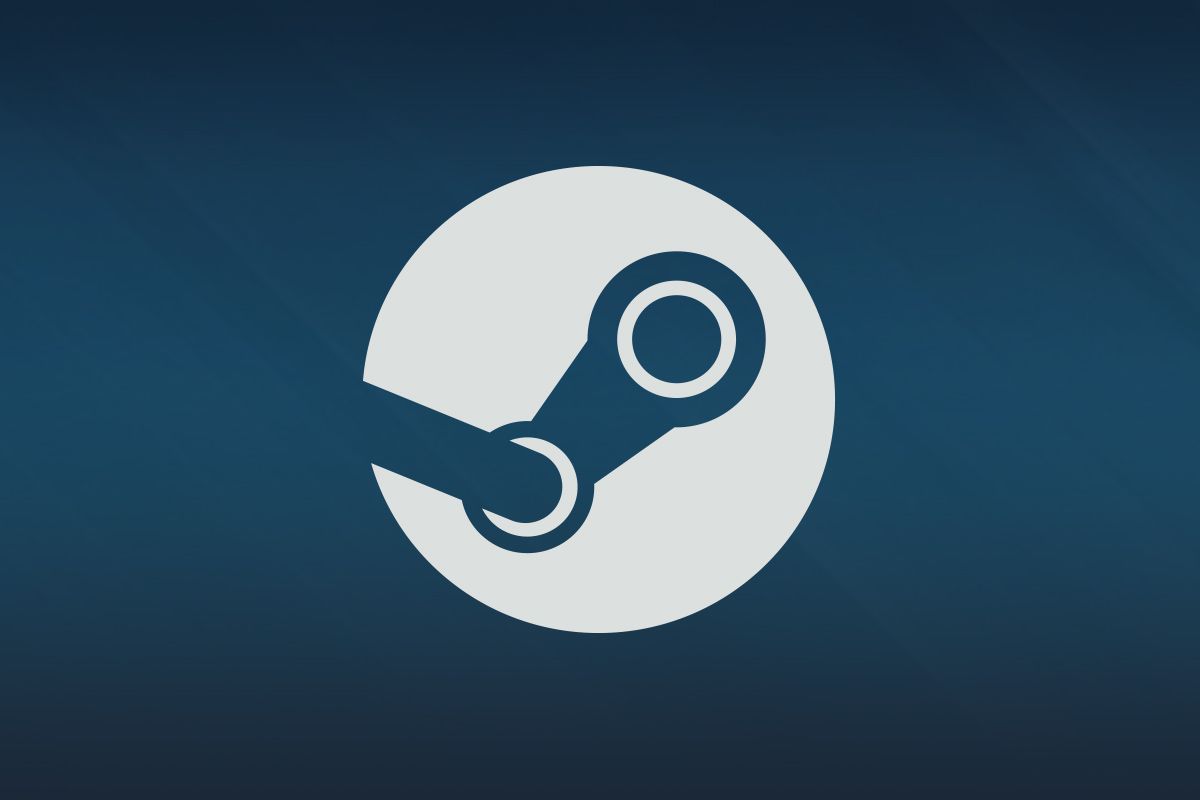
Before trying the solutions below, ensure no external devices are connected to your system. Restart your computer and launch Steam to see if the problem is resolved. Disable any active proxy or VPN services. Additionally, consider using windowed mode for your Steam games to see if that helps. If you’re using Steam’s beta version, opt out of it and test the application again.
Solution 1: Launch Steam With Administrator Access
Steam requires read and write permissions to function properly. If it doesn’t have administrator access, it may crash. To ensure that Steam runs with administrative privileges, do the following:
- Navigate to the Steam installation directory, generally located at:
C:\Program Files (x86)\Steam
- Right-click on ‘Steam.exe‘ and choose Properties. Under the Compatibility tab, check the box next to Run this program as an administrator and apply the changes.
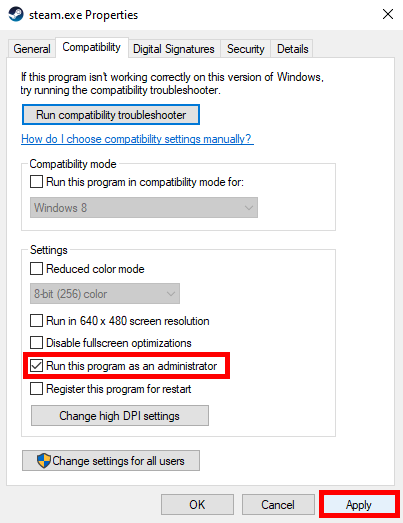
- Repeat the above step for ‘GameOverlayUI.exe‘.
- Restart your computer and attempt to run Steam again.
Solution 2: Disable Your Antivirus and Firewall (Temporarily)
Sometimes, antivirus software or the Windows Firewall may conflict with Steam, mistaking it for a threat. Adjusting settings to prevent this or temporarily disabling these programs can diagnose the problem.
- Press Windows + R and type control to open the Control Panel.
- In the Control Panel’s search box, type Firewall and click the first result.
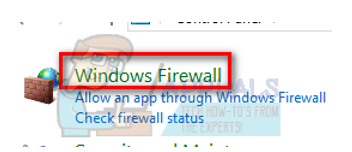
Accessing Windows Firewall - In the Windows Firewall menu, click the Turn Windows Firewall on or off link.
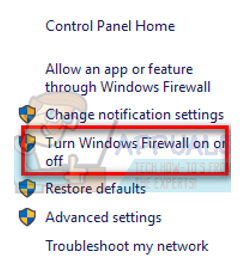
Turning Windows Firewall on or off - Select Turn off Windows Firewall for both public and private networks.
- Save changes and restart Steam. Remember to run it as an administrator to see if disabling the firewall has resolved the issue.
If your issue is not resolved, please make sure to enable these security software again.
If you need to configure Steam to be an exception in your antivirus, you can find guidance here.
Solution 3: Delete the AppCache Folder of Steam
The AppCache folder contains cache files that can occasionally cause issues, though this is less commonly the source of crashing problems.
- Go to your Steam directory. The default path is usually:
C:\Program Files (x86)\Steam
- Locate and delete the ‘AppCache’ folder. Alternatively, move it elsewhere if you want to keep a backup.

- Reboot your computer and run Steam as an administrator to test if the issue is resolved.
Continue with the following solutions if Steam still crashes.
Solution 4: Update Your System Drivers
Keeping your system’s drivers up-to-date is essential for applications like Steam to function correctly. Outdated drivers can lead to compatibility problems.
- Press the ⊞ Win(windows) + R key. Type DxDiag to access the DirectX diagnostic tool.
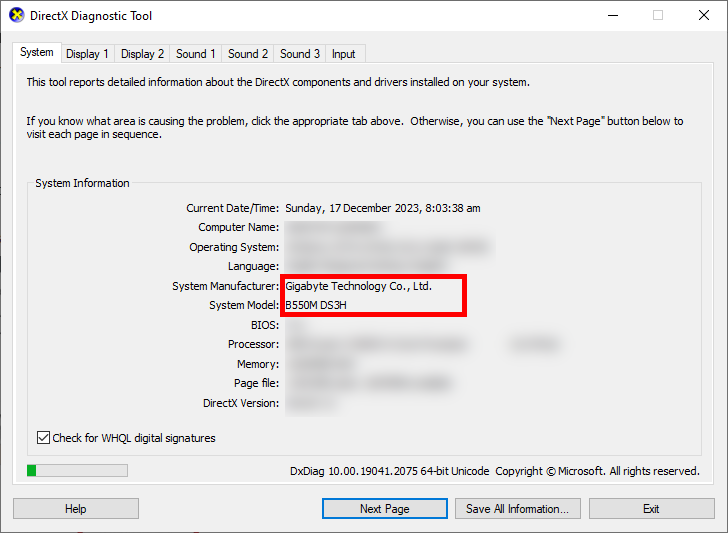
- Research your hardware’s latest drivers and download updates from the manufacturer or through Windows Update.
- To initiate a Windows Update, press the Start button and type Settings. Navigate to Update & Security.
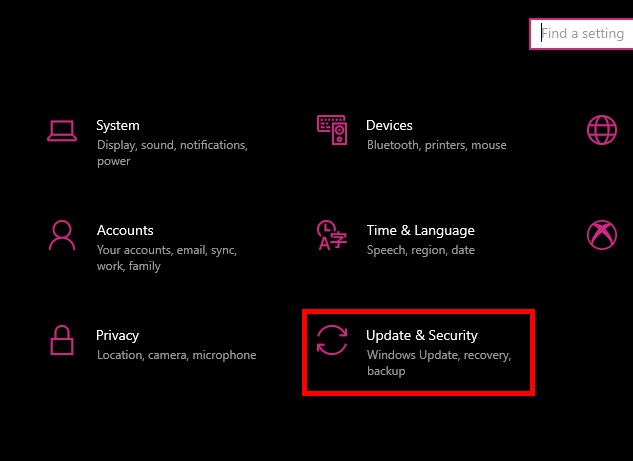
- Click Check for updates. Windows will automatically search for and install any available updates.
- If no updates are found, or you want to install drivers manually, type devmgmt.msc in the Run window to open the Device Manager. Update drivers by right-clicking on a device and selecting update driver.
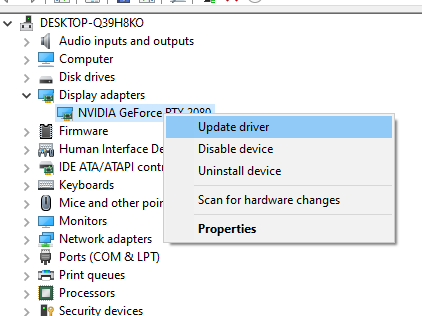
- If your drivers are already up-to-date, Windows will notify you. If not, the necessary updates will be downloaded and installed.
If Steam started crashing after a graphics driver update, you might consider rolling back the driver.
Solution 5: Reset the Network Adapter
A compromised network adapter may cause connectivity issues with Steam. Resetting it could resolve problems.
- Exit Steam and end all related processes through the Task Manager.
- Open Command Prompt with administrative rights by pressing the Windows key and typing Command Prompt; right-click to run as administrator.
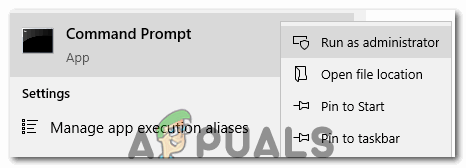
Running Command Prompt as an Administrator - Type the following command and press Enter:
netsh winsock reset
- Restart your computer, open Steam, and see if it runs smoothly.
Solution 6: Opting Out of Beta
Participating in the Steam beta program can sometimes cause instability due to bugs.
- If Steam opens, head to the settings and click on the Account tab. Click Change and then select None to leave the beta program.
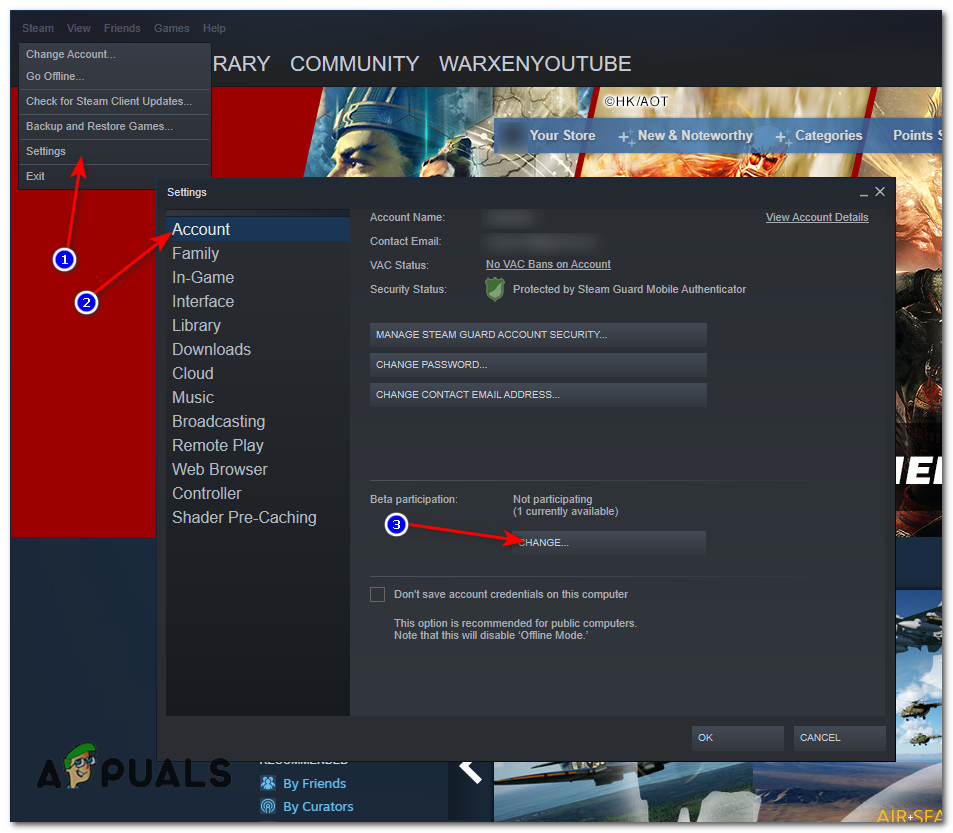
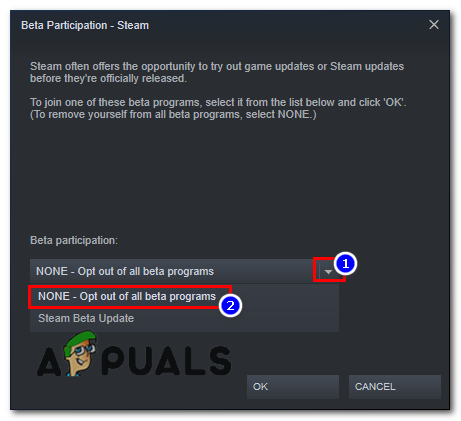
Opt Out of Steam Beta - If you’re unable to open Steam, use the method described in the next section.
Final Solution: Uninstall Steam and Reinstall Later
Before uninstalling Steam, back up the SteamApps folder to avoid losing your games.
- Press Windows + R, type taskmgr and end all Steam processes.
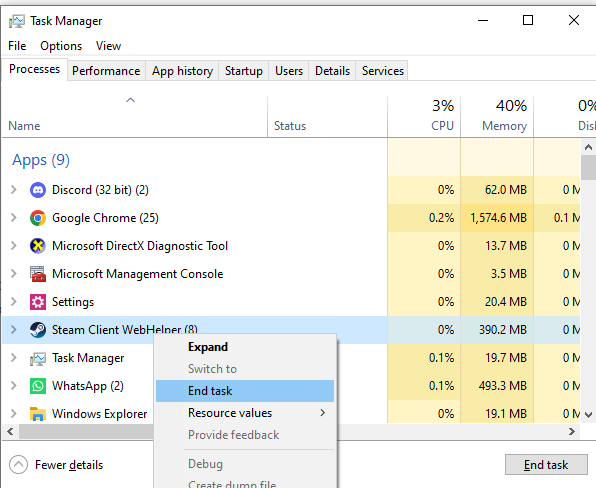
- Move to your Steam directory and cut the SteamApps folder to save your games elsewhere. Delete the rest of the files from the Steam directory.
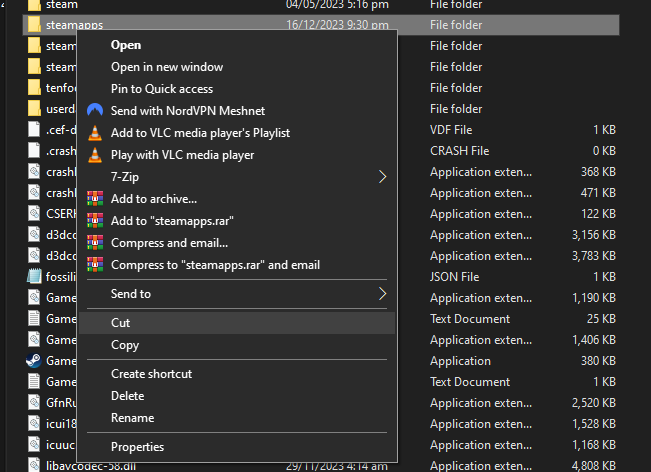
- Open the Control Panel by typing control in the Run window and hitting Enter. Click on Uninstall a program.
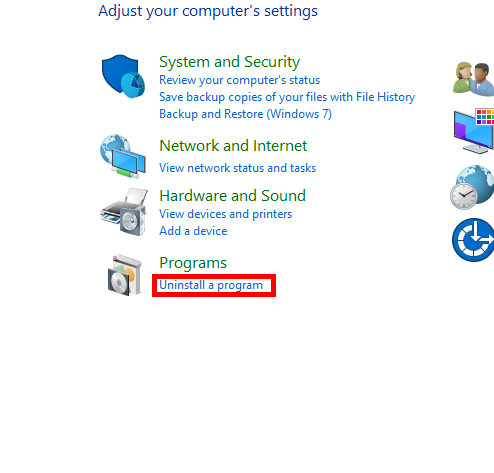
- Find Steam in the list, select it, and uninstall it.
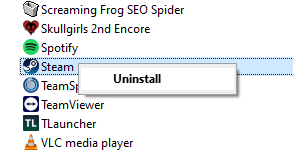
After completely uninstalling Steam, reinstall it by downloading the installer from here. Launch the Install Steam Now file, select where to install Steam, and allow the installation to proceed. Once complete, Steam should operate without issues.
Note: If Steam keeps crashing after all these steps, your hard drive may be the culprit. Use an appropriate tool to check it for any bad sectors or other faults.
If none of the solutions above resolve your issue, faulty USB drivers might be to blame. Disconnect all USB devices except your mouse before starting Steam and execute it with administrative privileges. If Steam functions correctly without the additional USB devices but crashes when they are reconnected, consider starting Steam in Big Picture mode. Remember to update your USB hub drivers, using the manufacturer’s drivers if possible.